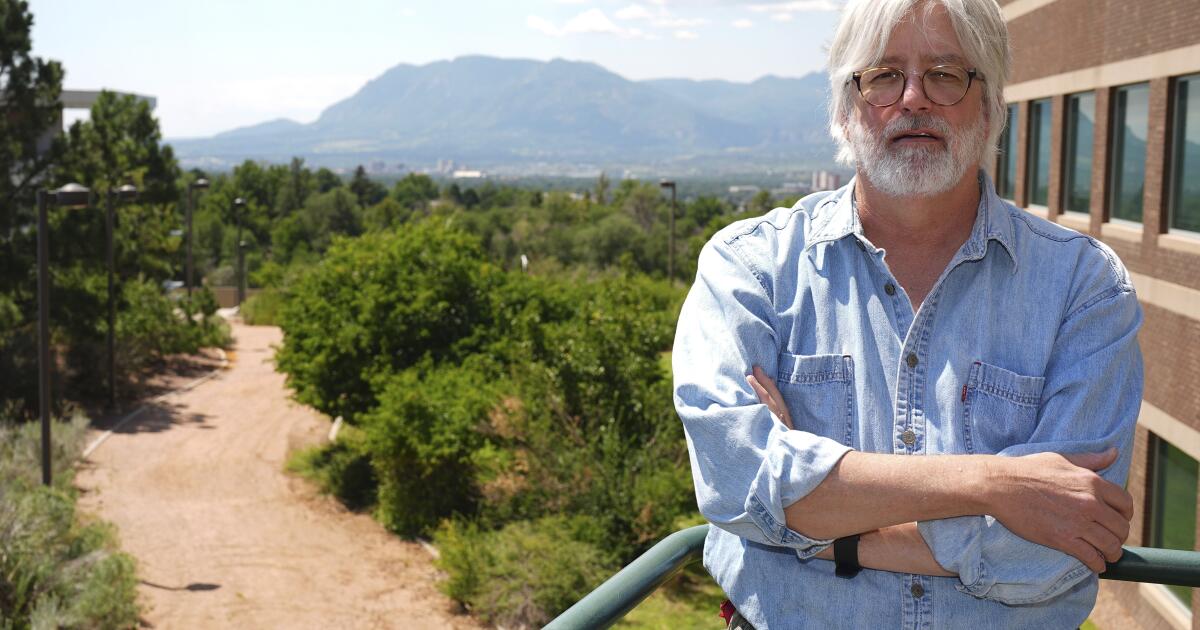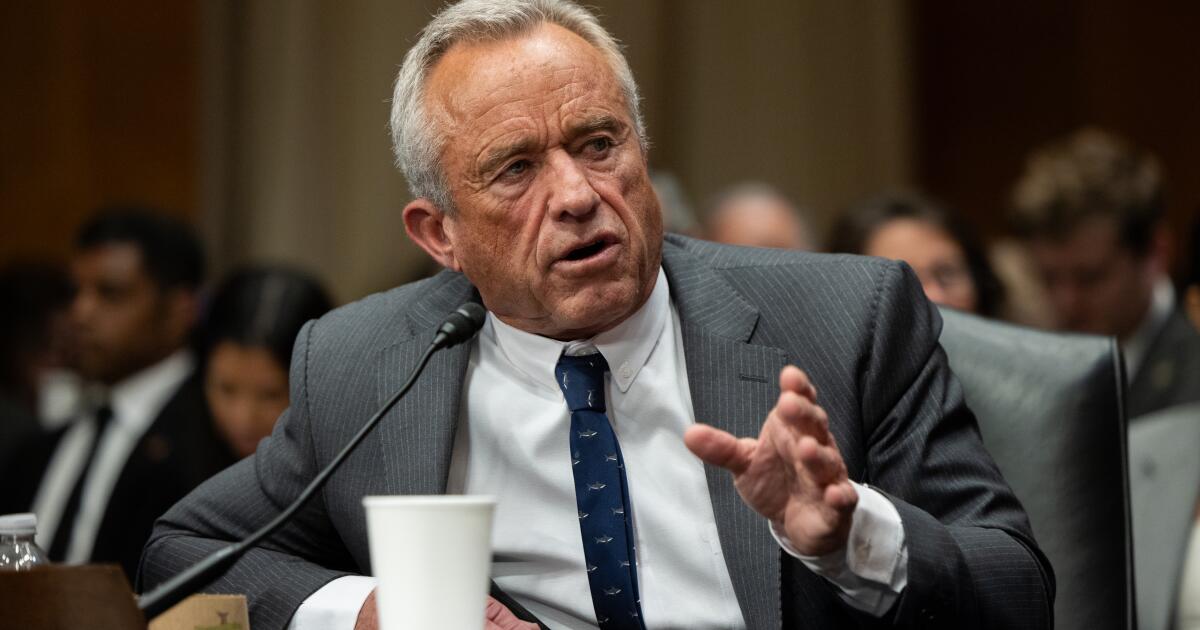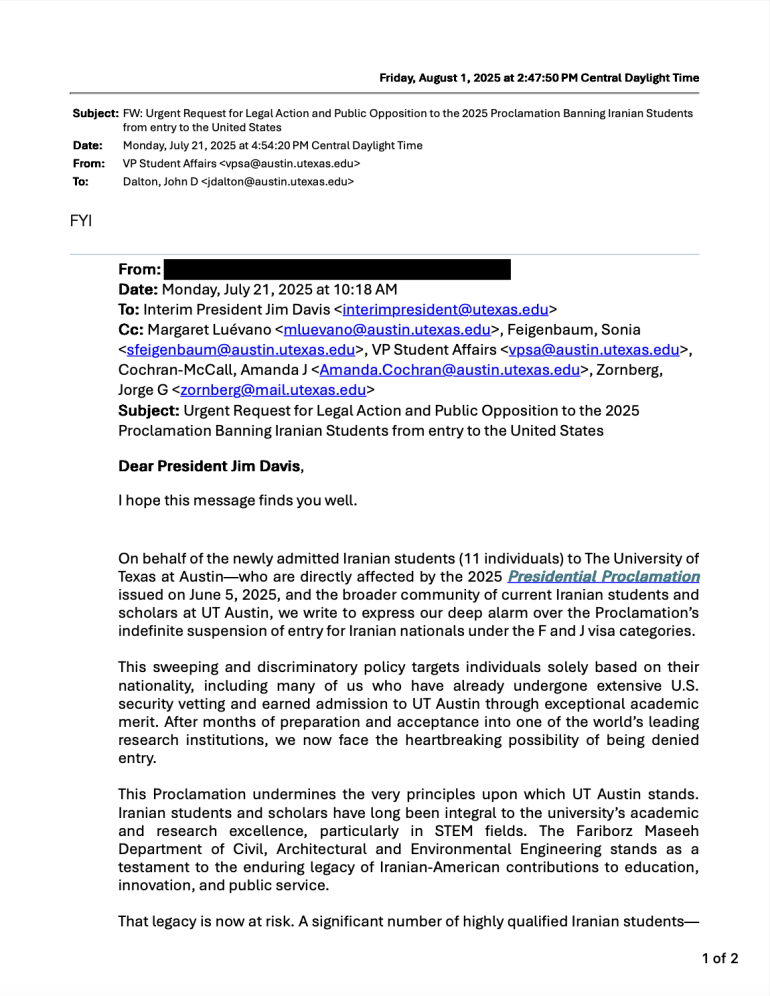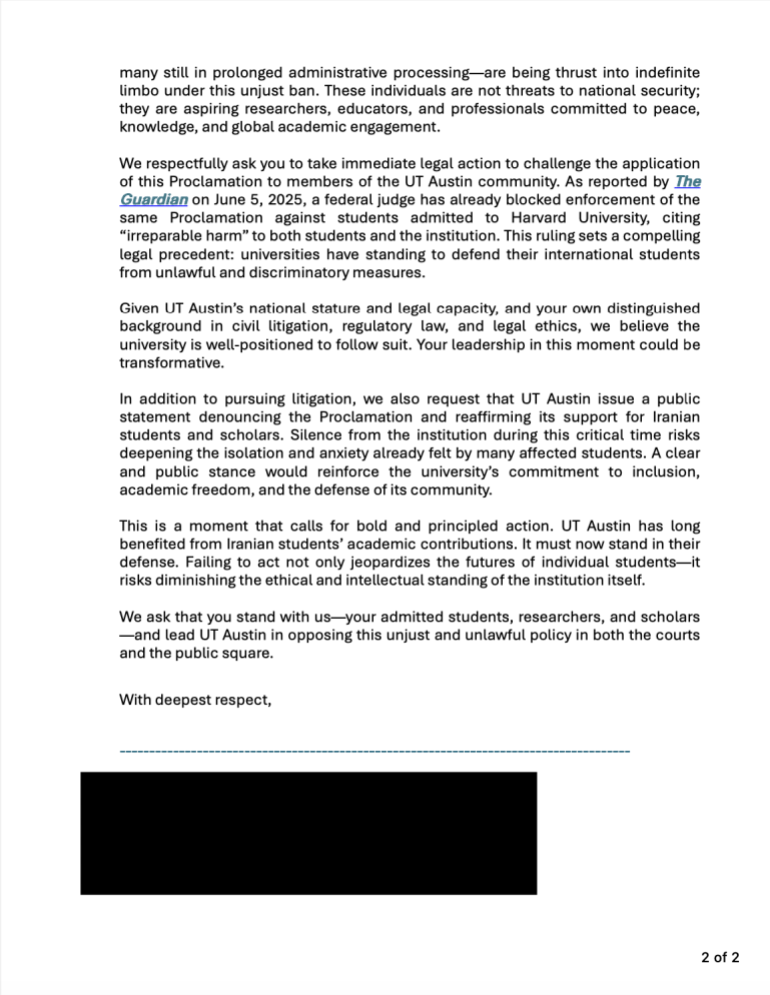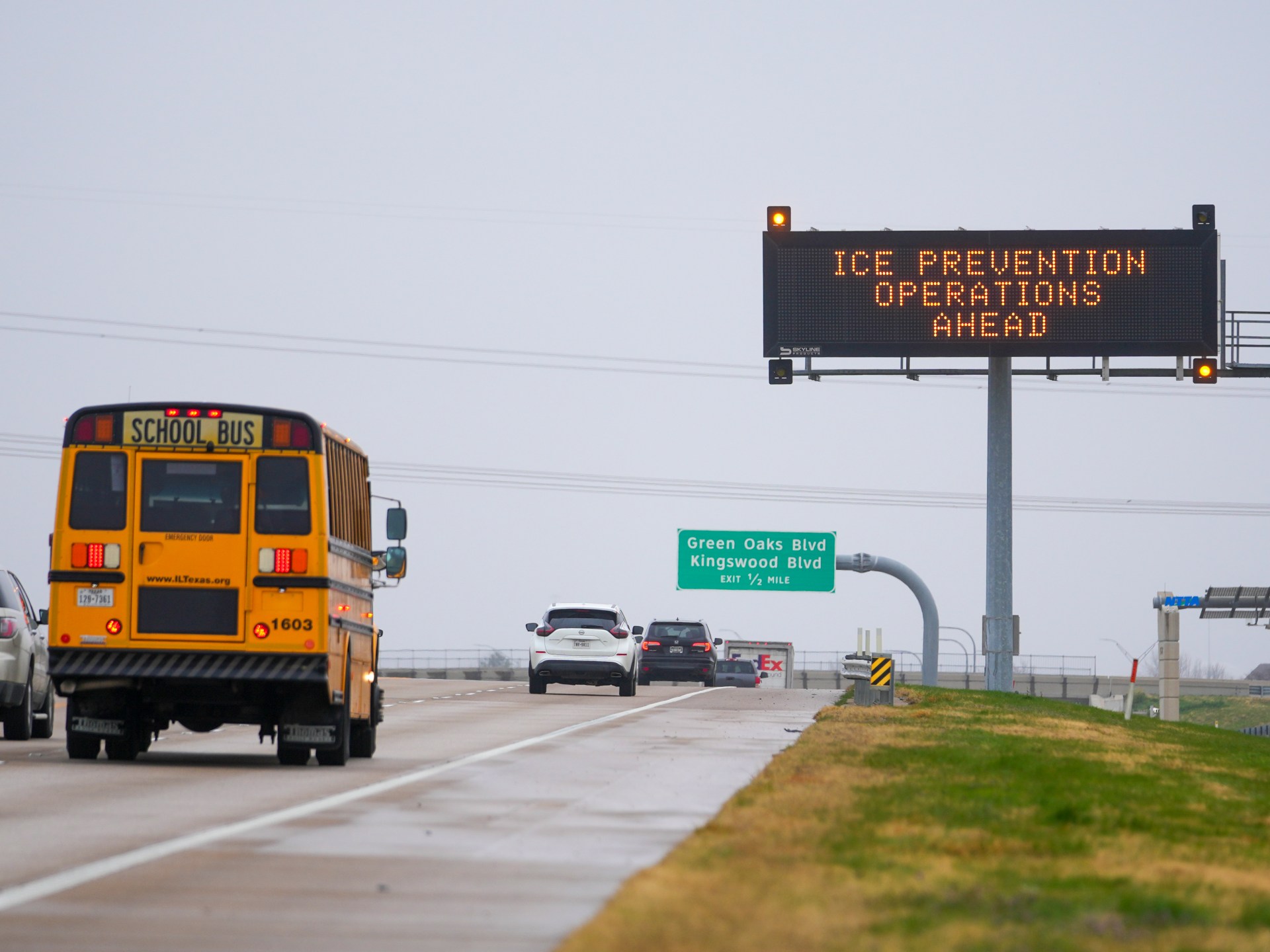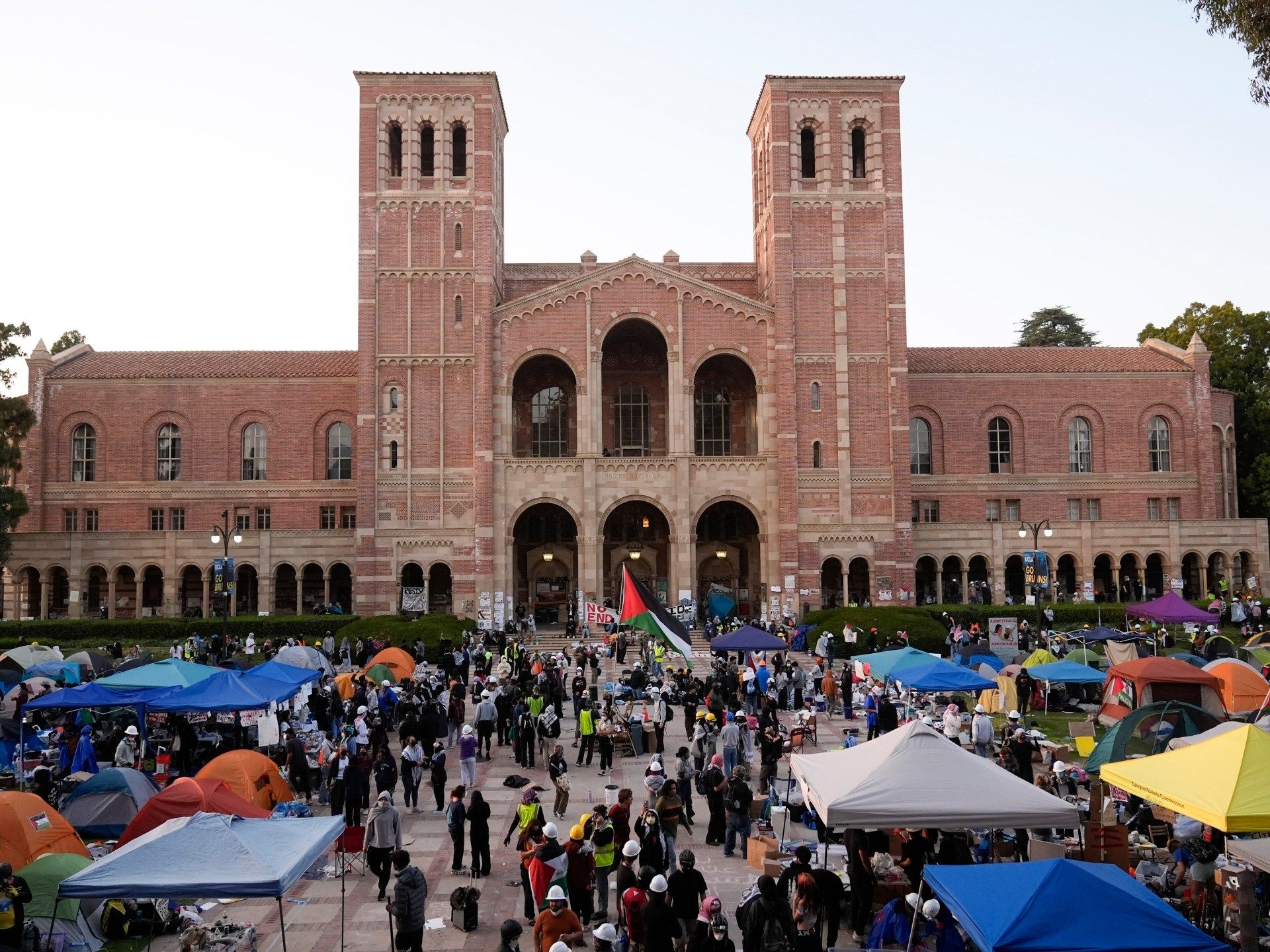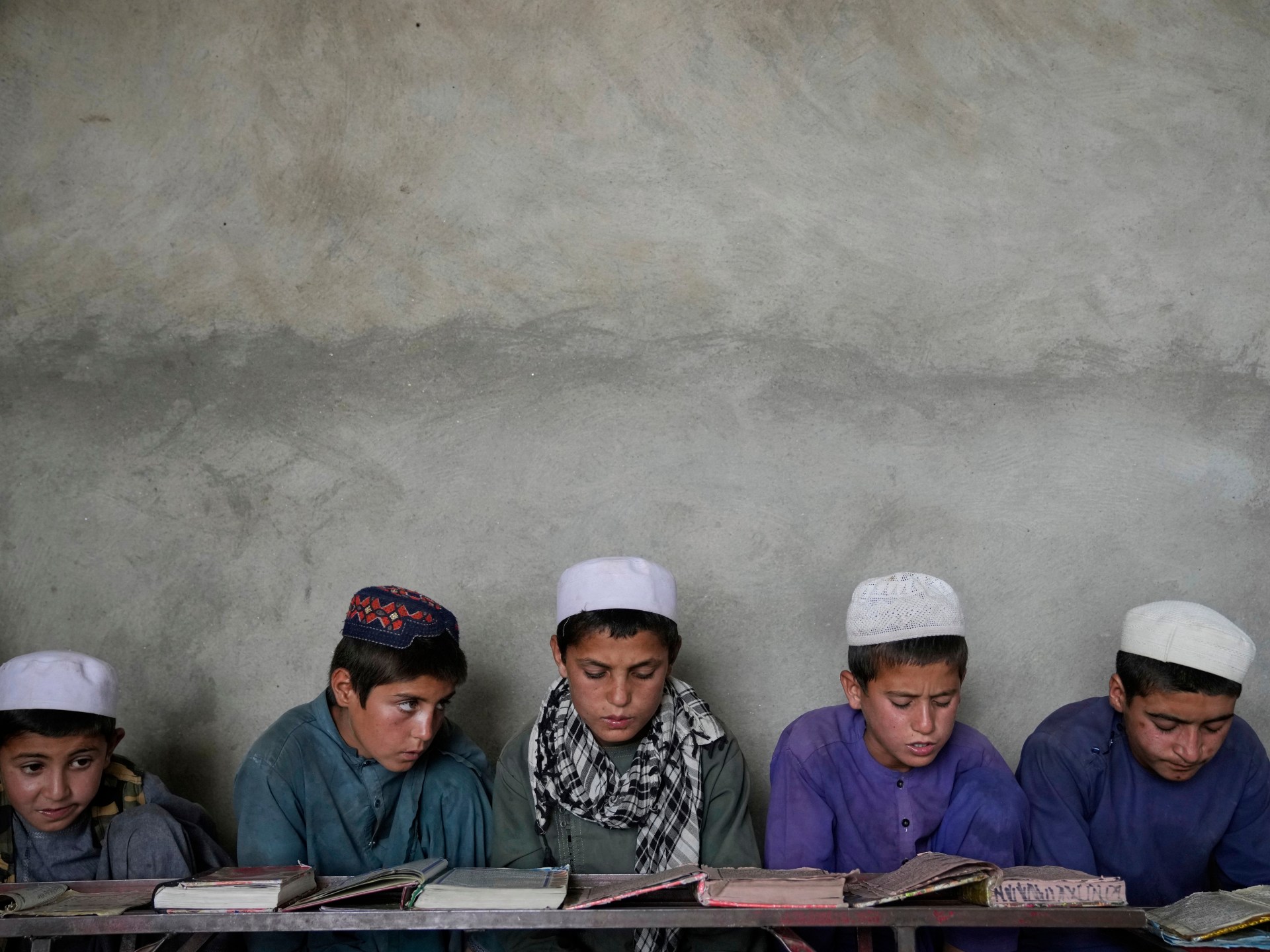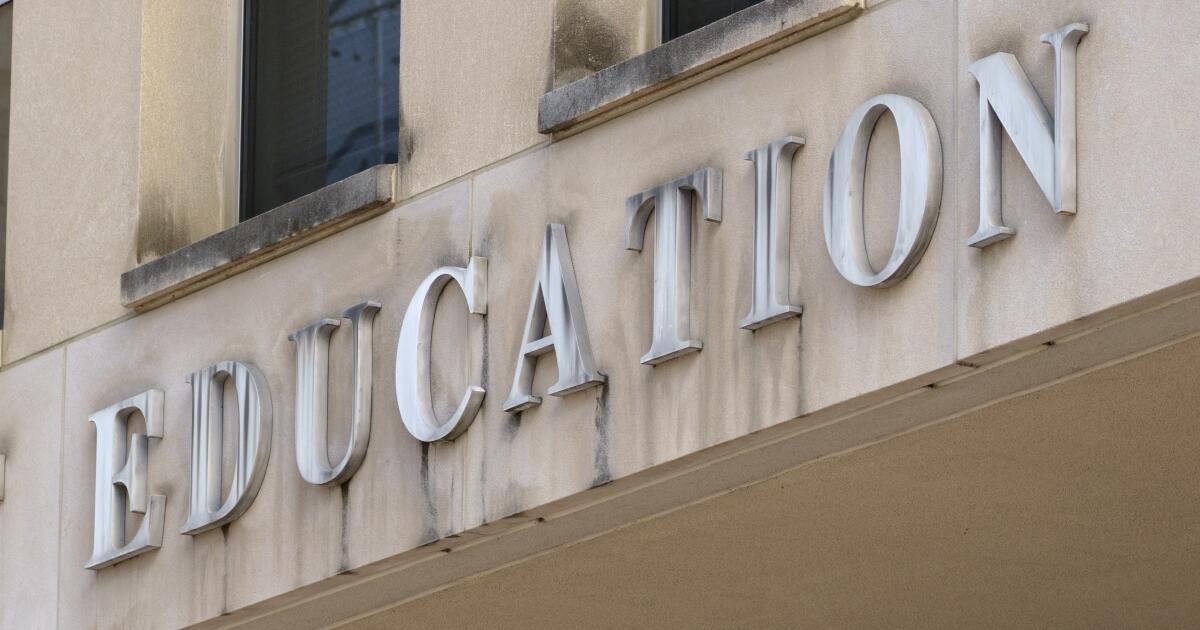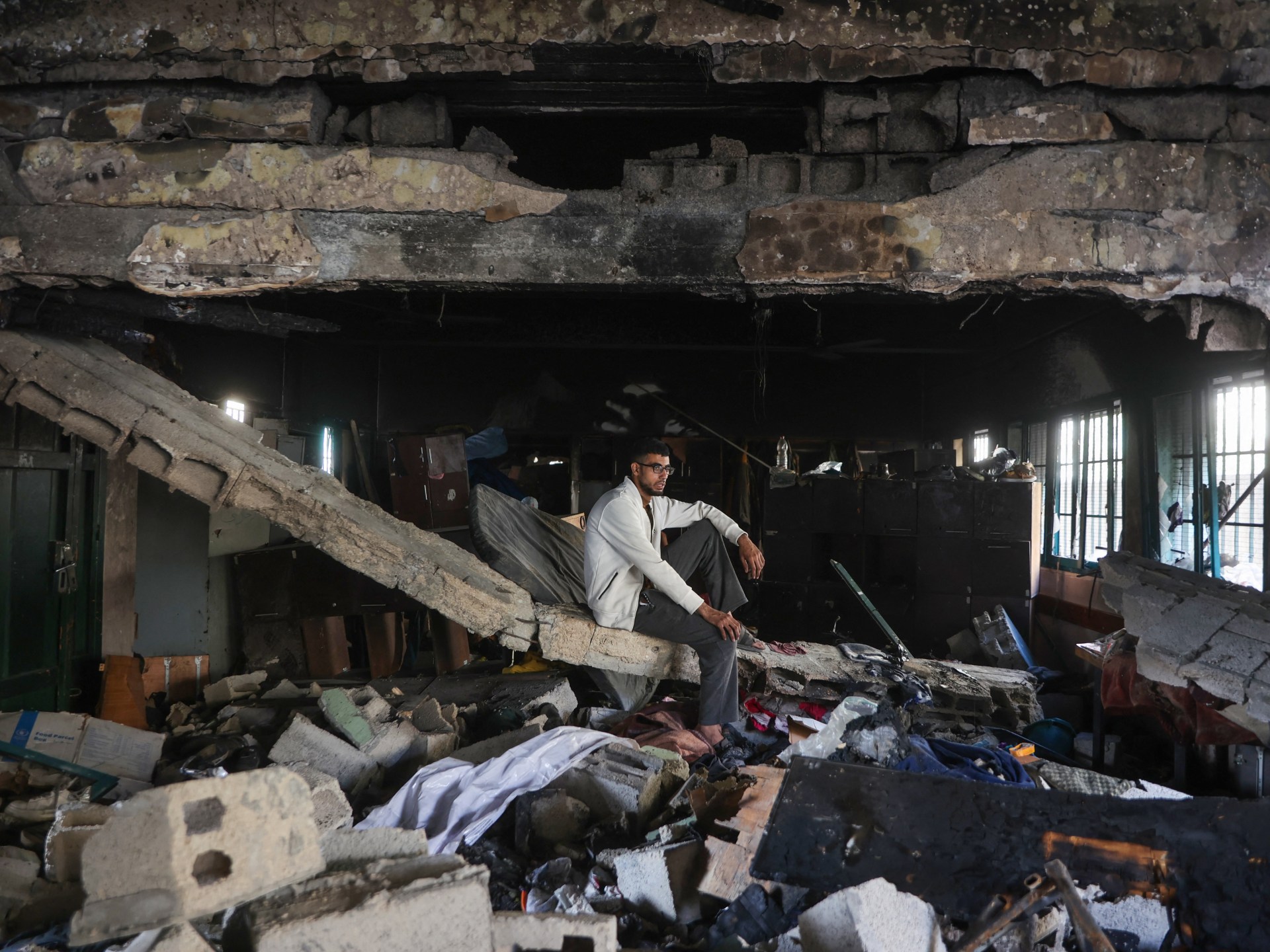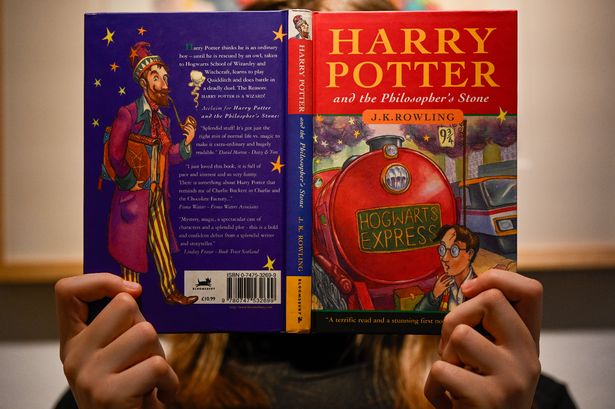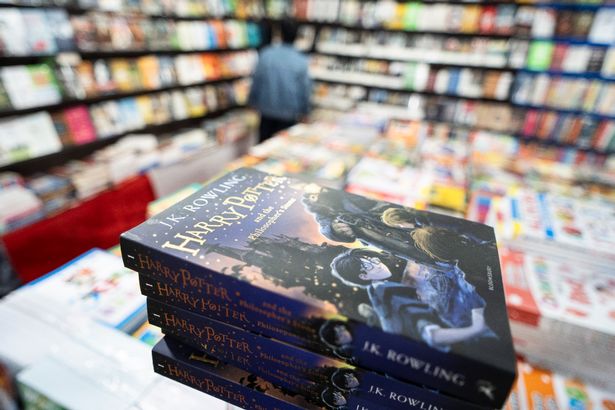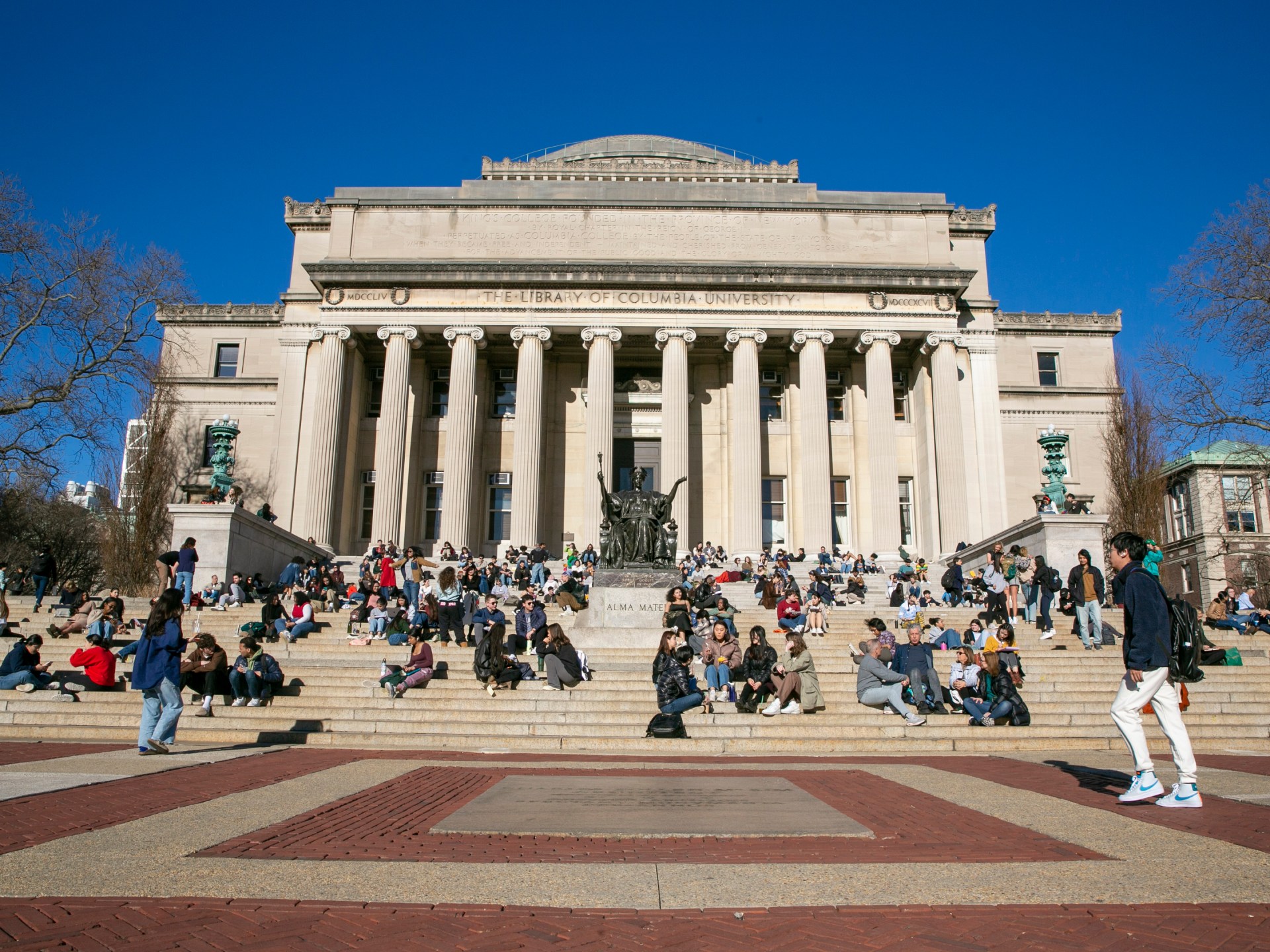If your summer holiday saw screen time soar, you’re not alone. New research shows kids spend up to 67 per cent of their time on them while off school. Mum-of-two Hannah Britt reveals how cutting back made her feel like a better parent – and you can do it too
Our summer was full of sea, sand, sun… and screen time. K-Pop Demon Hunters, anyone? But with September now in full swing, it’s time to crack down – and fast. And I am by no means alone. In fact, the latest statistics show that, for primary-aged children, 29 per cent spend two or more hours per day on screens during the school week, but that number jumps to an eye watering 67 per cent during the holidays.
Parenting expert Kirsty Ketley explains. “School provides children with structure and built-in limits on screen use, and of course, once home, there are less hours in the day for screens, but once the holidays arrive, that structure disappears,” she says. “Parents are often juggling work, childcare, and the cost of keeping kids entertained, so screens naturally become a convenient option. On top of that, digital entertainment is designed to be engaging and hard to switch off from, so it’s no surprise children gravitate towards it when they have long stretches of free time.”
So what’s the issue? “It’s not that screens are inherently ‘bad’,” says Kirsty. “In fact, they can be educational, social, and even calming at times. However, when screen time dominates, it can crowd out other important activities like active play, real-world socialising, outdoor time, and rest. High levels of screen use are also linked to disrupted sleep, reduced concentration, and higher stress levels in both children and adults. The key issue isn’t the screen itself, but what’s being displaced when usage creeps up too high. It’s why having consistent boundaries around screen time is important, so that kids strike a healthy balance.”
Having done some serious Netflix parenting over the summer holidays, I decided to pull the plug – and go cold turkey when it came to screens. Indeed, experts agree the benefits of reducing screen time are huge. “Reducing screen time means more space for connection. Families who put healthy limits in place often find they talk more, laugh more, and feel less stressed,” advises Kirsty. “Sleep improves, behaviour often does too, and there’s more opportunity for shared activities – from board games to walks, to simply sitting around the table together.”
Looking around our home, my eyes glanced upon the TV, the iPad, various laptops, a Nintendo, the Kindle and two phones. So I booked an Airbnb, and we hopped in the car to the Lake District. And there the screen time stopped.
For our digital detox I chose Dodd’s Lee, a 17th Century farmhouse, located in the village of Dockray, near Ullswater. It was a Guest Favourite (easy to recognise as they have a special logo on the properties, and a collection of the most-loved homes on Airbnb, according to guests), and around £400 per night, with four bedrooms. It looked ideal – there was a pub at the end of the road, walks to Aira Force waterfall, Ulswater and more from the door and plenty of board games to enjoy while we were there. It was so well located, I wouldn’t even need Google maps to explore.
Once there, my partner John and I put our phones, along with Molly’s Kindle, and the TV remote in a little bag and hid them in an upstairs wardrobe. “What now”, I thought. “Can I watch Mr Bean?” asked my five-year-old, Molly. When the answer was no, she huffed. Getting out the board games, we started our digital detox by playing dominos. Then Monopoly. Molly’s grump gave way to laughter as she beat both me and her dad.
Then, it was time for a walk, for which we headed down the hill from Dockray to a little beach on the banks of Ullswater. I found myself reaching for my phone several times out of habit. Whatever I would have done on it, check Instagram, reply to a text, it could wait. Holding hands with Molly, we chatted all the way instead, and she told me stories, clearly happy her mummy was fully engaged. That evening came stories and songs, and when the children were in bed John and I set about talking away before we too hit the hay.
The next morning, Molly didn’t ask for her Kindle but to play snap. She beat us again. Lunch came in the form of a trip to the pub, where John tried in vain to teach us the rules to giant chess. We fell about laughing, getting our rooks mixed up with our pawns.
After three days, when checking out of our wonderfully cosy Airbnb, I almost didn’t want to get my phone out of its bag. And in fact, after just a few minutes of a Disney film in the car on the way home, Molly set her Kindle aside and asked for a family sing song. A complete digital wipeout might not be possible in the modern age in which we live. But a detox every now and again might be just what we need.
How to reduce your family’s screen time
Kirsty shares her advice:
OFFER ALTERNATIVES
For me, the most effective way isn’t to ban screens altogether, but to add in alternatives, and have rules and boundaries in place – they need to be fair and realistic, too. Children need things to do instead, whether that’s setting up playdates, encouraging outdoor activities, or giving them creative projects at home.
SCREEN-FREE ZONES
Having screen-free zones or times of day (like during meals or the hour before bed) also helps build natural boundaries. Start small and be realistic: shaving an hour off daily use by swapping it for something else is far more sustainable than trying to go cold turkey. Also, when creating boundaries for the kids, incorporate some as whole family rules – no screens at the table, after a certain time, in bedrooms, for instance.
SET AN EXAMPLE
Children copy what they see, so if we’re always scrolling, they’ll think that’s normal. Modelling balanced screen use is powerful. That might mean putting your phone away at dinner, not checking emails late into the evening, or choosing to read, cook, or go for a walk instead of defaulting to a device. Being honest with kids about your own screen habits can also help. If you explain, “I’m putting my phone down because I want to spend time with you,” it sends a strong message.








